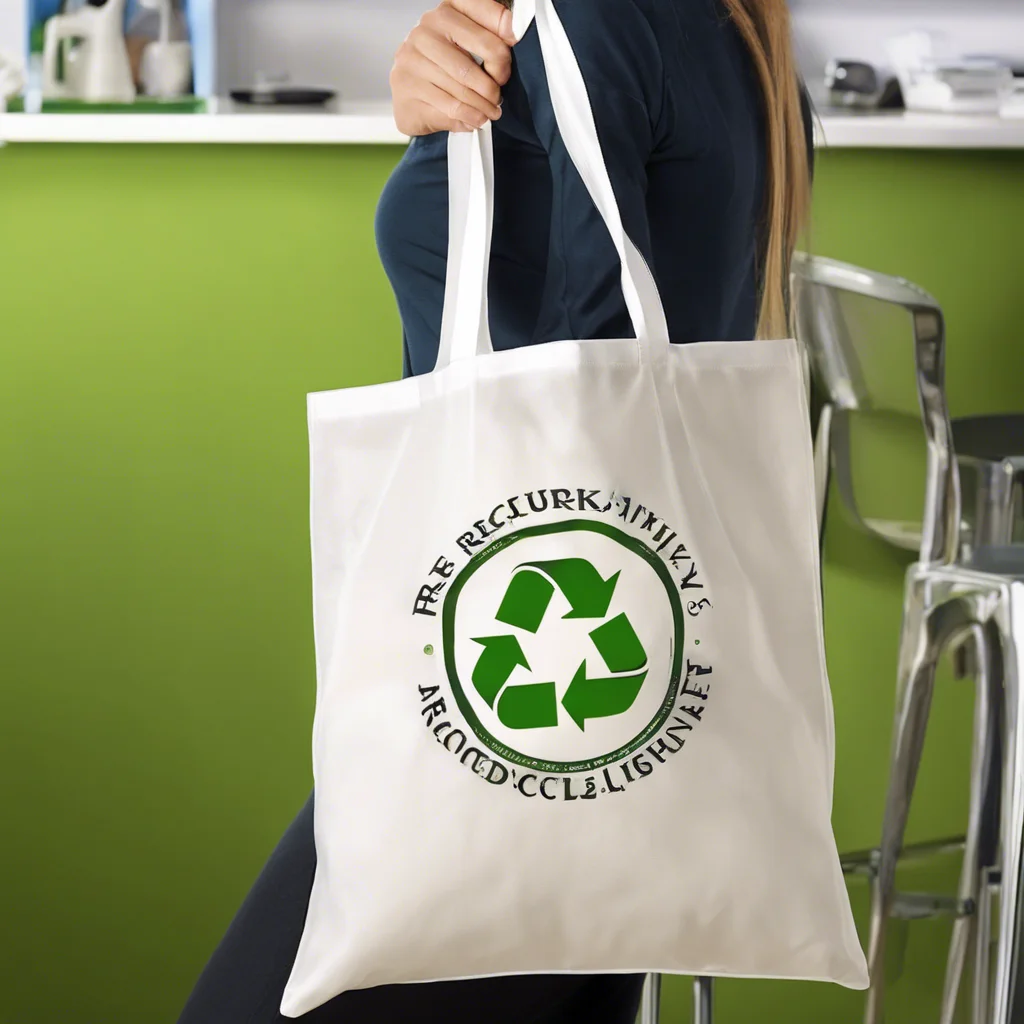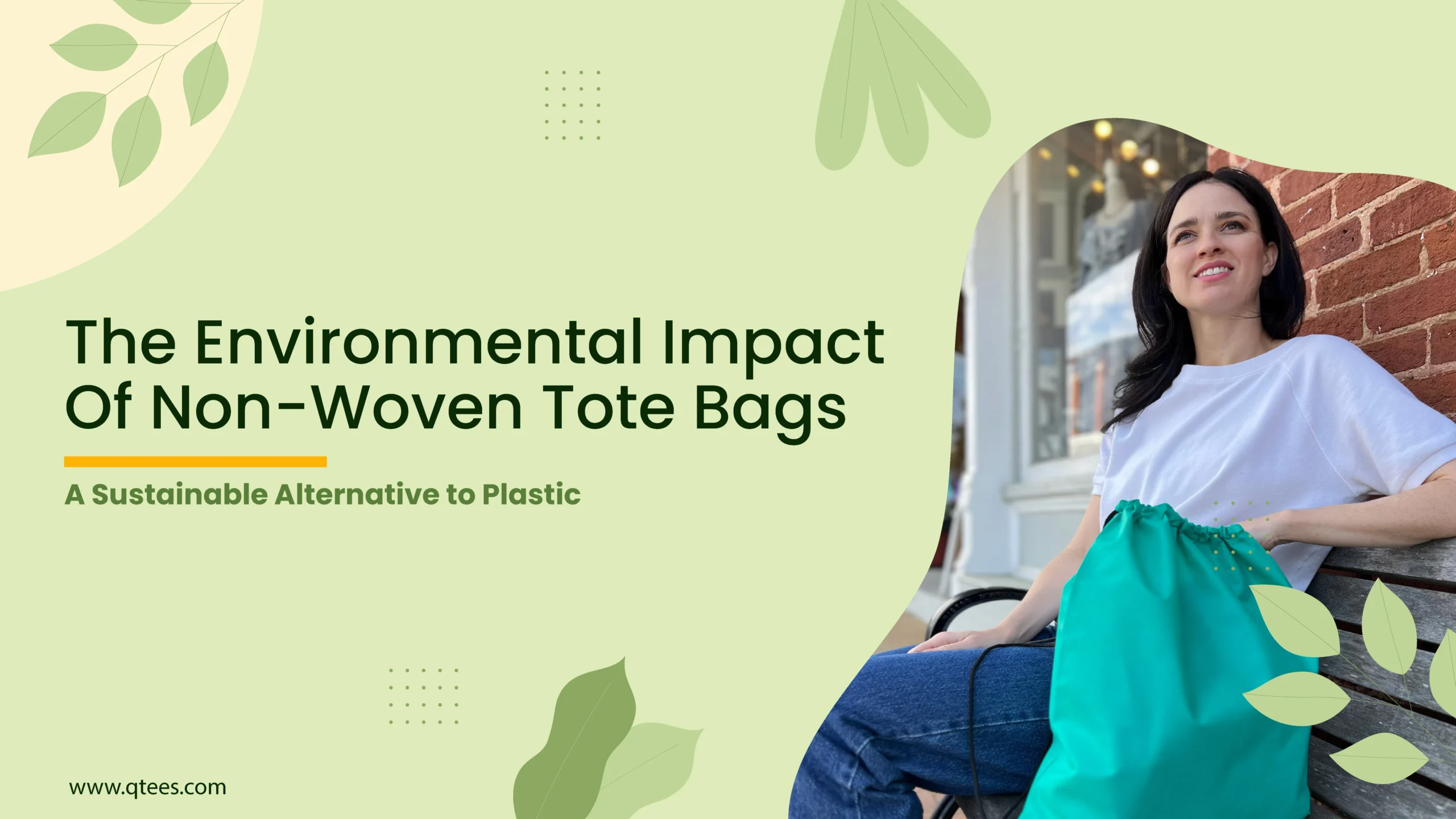The Environmental Impact of Non-Woven Tote Bags: A Sustainable Alternative to Plastic
Introduction In today’s world, where environmental concerns are at the forefront…
Introduction
In today’s world, where environmental concerns are at the forefront of global discussions, finding sustainable alternatives to everyday product are has become essential. One such product that has gained popularity is the non-woven tote bag. These bags are not only stylish and versatile but also offer significant environmental benefits compared to traditional plastic bags. In this article, we’ll delve into the environmental impact of non-woven tote bags and why they are a sustainable alternative to the plastic.
Understanding Non-Woven Tote Bags
Non-woven tote bags are produced from polypropylene fibers that are glued together using heat and pressure. In contrast to the woven fabrics, non-woven materials are coming about without weaving or knitting, which creates a fabric that is strong, durable, and most especially, lightweight. These bags are available in all imaginable sizes, colors, and designs, which makes them perfect for use in various situations, ranging from shopping for groceries to giveaways for promotional purposes.

Environmental Benefits of Non-Woven Tote Bags
Reduced Plastic Waste
One of the most significant advantages of non-woven tote bags is their potential to reduce plastic waste. Common plastic bags are notorious for their negative impact on the environment. They take hundreds of years to decompose, leading to littering and pollution in our oceans and landscapes. Non-woven tote bags, on the other hand, are reusable and can drastically reduce the number of single-use plastic bags that end up in landfills and the environment.

Reusability and Durability
Non-woven tote bags are designed for multiple uses. Their sturdy construction allows them to carry heavier loads without tearing or breaking. This reusability factor means that a single non-woven tote bag can replace hundreds of disposable plastic bags over its lifetime, leading to a substantial decrease in plastic waste.

Lower Carbon Footprint
The production process of non-woven tote bags generally has a lower carbon footprint compared to plastic bags. Manufacturing plastic bags involves the extraction and processing of petroleum, which releases a significant amount of greenhouse gases. Non-woven bags, made from polypropylene, require less energy and resources to produce. Additionally, their long lifespan means fewer bags need to be produced over time, further reducing their environmental impact.

Recyclability
While non-woven tote bags are not biodegradable, they are recyclable. Many recycling facilities accept polypropylene materials, allowing non-woven bags to be repurposed into new products. This recycling capability helps minimize waste and promotes a circular economy.








